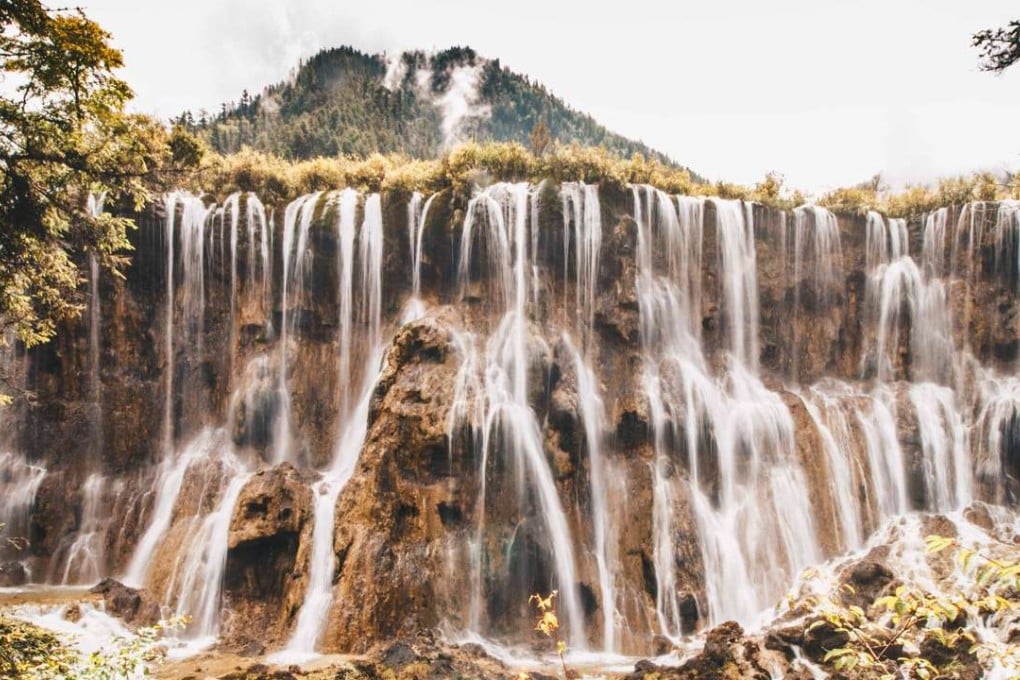Hiking the Jiuzhaigou national park – a pristine paradise in Sichuan where you can still escape the crowds
With its azure lakes, waterfalls and –yes, it’s true – glorious solitude, the Unesco World Heritage site and World Biosphere Reserve in southwest China is a heavenly place for a walk

Solitude was the last thing I expected to find in Jiuzhaigou national park. The 72,000 hectare reserve is renowned for its fairy-tale landscapes, drawing tens of thousands of visitors every day from all corners of China and beyond.
Located in Sichuan province, 400km north of Chengdu, Jiuzhaigou – named after the nine Tibetan villages scattered throughout the park and, since 1992 a natural Unesco World Heritage site – is lauded as being heaven on Earth by some of those who have seen its crystal-clear lakes and travertine waterfalls.
Photos of stranded travellers inside Jiuzhaigou during the recent “golden week” holiday are fresh in my mind as I stand in the entrance queue at 6.50am, caught in the middle of a group of brightly dressed retirees. Apparently everyone has read the same advice: arrive at the park before it opens at 7am to get a head start on the crowds.
The recommended route for exploring the three main valleys in Jiuzhaigou involves hopping on and off shuttle buses – the only transport authorised within what, in 1997, became a World Biosphere Reserve. Aware of the typical tourist’s preference for motorised transport, I decide instead to dodge the shuttle queue after entering the park and hike the first 14km, heading south along the Shuzheng Valley. And less than 500 metres past the shuttle bus depot I find it: solitude, and paradise. Kilometre after kilometre of immaculately maintained wooden boardwalk guide me alongside the Zechawa River, past azure lakes with ancient fallen trees clearly visible above and below the water line.
